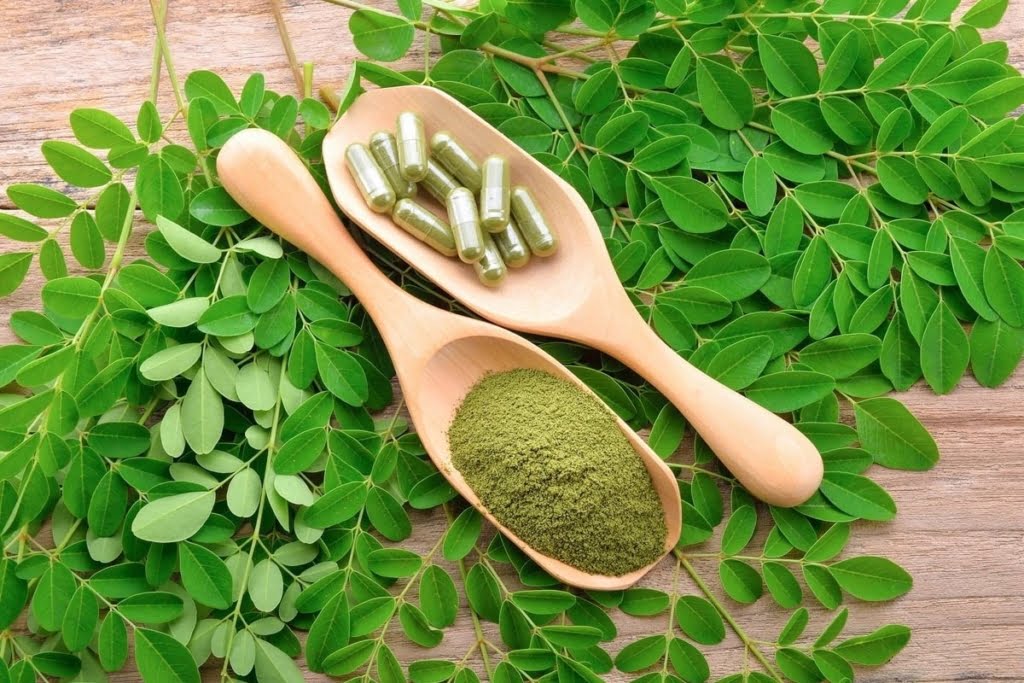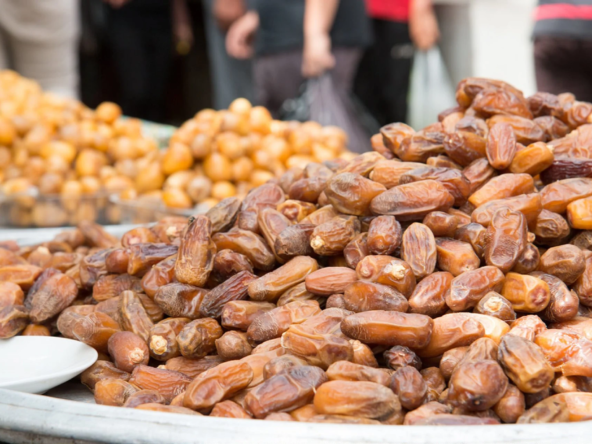Moringa, often referred to as the “Miracle Tree,” is a highly nutritious plant widely grown in tropical and subtropical regions. The leaves of the Moringa tree (Moringa oleifera) are a rich source of vitamins, minerals, and essential amino acids. Due to their numerous health benefits, Moringa leaves are harvested and processed for use in various forms, such as powders, teas, and capsules. In this article, we will explore the steps to properly harvest and process Moringa leaves and delve into their remarkable health benefits and properties.
Harvesting Moringa Leaves
Harvesting Moringa leaves at the right time and in the right manner is crucial to maintaining their nutrient content and quality. Here is a step-by-step guide to harvesting Moringa leaves:
1. Choosing the Right Time for Harvesting
Moringa leaves can be harvested several times a year, depending on the climate and care provided to the tree. The best time to harvest is when the tree is about 3 to 4 feet tall and has developed dense foliage. Typically, harvesting should be done early in the morning or late in the afternoon to avoid the scorching heat, which can cause the leaves to wilt quickly.
2. Selecting the Right Leaves
Select mature, green, and healthy leaves for harvesting. Avoid leaves that are yellow, wilted, or damaged, as they may not have the desired nutrient content. Young leaves are tender and have a milder flavor, making them ideal for fresh use, while mature leaves are often used for drying and powdering.
3. Harvesting Method
To harvest Moringa leaves, use a clean pair of scissors or pruning shears to cut the leaf stalks close to the main stem of the tree. Avoid stripping the entire tree of its leaves; instead, harvest selectively to allow the tree to continue growing and producing new leaves. This method promotes sustainable harvesting and prevents the tree from becoming stressed.
Processing Moringa Leaves
Proper processing of Moringa leaves is essential to retain their nutritional value, color, and flavor. Here is a step-by-step guide on how to process Moringa leaves:
1. Cleaning the Leaves
After harvesting, rinse the Moringa leaves thoroughly with clean water to remove dirt, dust, and any insects. Ensure that the water used is free from chemicals or contaminants. After washing, spread the leaves on a clean surface or tray and let them air-dry for a few hours to remove excess moisture.
2. Drying the Leaves
Drying is a critical step in processing Moringa leaves, as it helps to preserve their nutrients and extend shelf life. There are two primary methods of drying Moringa leaves:
- Air Drying: Spread the cleaned leaves in a single layer on a clean, dry surface, such as a mesh screen or tray, in a shaded area with good air circulation. Avoid direct sunlight, as it can degrade the leaves’ nutritional content and color. Turn the leaves occasionally to ensure even drying. This method typically takes 2-3 days, depending on the humidity and temperature.
- Solar Drying: Use a solar dryer to speed up the drying process. Solar dryers are designed to capture solar energy and create a controlled environment for drying. This method is faster than air drying and helps to preserve the leaves’ color and nutrients.
3. Grinding the Dried Leaves
Once the leaves are completely dry and crispy, they can be ground into a fine powder. Use a clean mortar and pestle, a blender, or a commercial grinder to grind the leaves. Ensure that the grinding equipment is clean and dry to prevent contamination. The Moringa leaf powder should have a vibrant green color, indicating its freshness and nutrient content.
4. Storing Moringa Leaf Powder
Store the Moringa leaf powder in an airtight container in a cool, dark place to maintain its freshness and potency. Exposure to light, air, and moisture can degrade the quality of the powder over time. Properly stored Moringa leaf powder can last up to a year without losing its nutritional value.
Health Benefits and Properties of Moringa Leaves
Moringa leaves are a powerhouse of nutrition and offer numerous health benefits due to their rich content of vitamins, minerals, antioxidants, and other bioactive compounds. Some of the key health benefits and properties of Moringa leaves include:
1. Rich in Nutrients
Moringa leaves are an excellent source of essential nutrients, including:
- Vitamins: High in vitamin C, vitamin A, vitamin E, and several B vitamins.
- Minerals: Rich in calcium, iron, magnesium, potassium, and zinc.
- Proteins: Contain all nine essential amino acids, making them a complete source of protein.

2. Antioxidant Properties
Moringa leaves are rich in antioxidants, such as quercetin, chlorogenic acid, and beta-carotene, which help neutralize harmful free radicals in the body. Antioxidants play a crucial role in reducing oxidative stress, preventing cellular damage, and lowering the risk of chronic diseases, such as cancer and heart disease.
3. Anti-Inflammatory Effects
The bioactive compounds in Moringa leaves, including isothiocyanates, flavonoids, and phenolic acids, have potent anti-inflammatory properties. Regular consumption of Moringa leaves can help reduce inflammation in the body, which is associated with various chronic conditions, such as arthritis, diabetes, and cardiovascular diseases.
4. Supports Immune System
Moringa leaves are known to boost the immune system due to their high vitamin C and antioxidant content. A stronger immune system helps the body fight off infections, viruses, and diseases more effectively.
5. Regulates Blood Sugar Levels
Several studies have shown that Moringa leaves may help regulate blood sugar levels, making them beneficial for individuals with diabetes. The presence of compounds like isothiocyanates and chlorogenic acid can help improve insulin sensitivity and reduce blood sugar spikes.
6. Promotes Digestive Health
Moringa leaves are rich in fiber, which aids in digestion and helps prevent constipation. The leaves also possess antibacterial properties that can help combat harmful gut bacteria and promote a healthy digestive system.
7. Enhances Skin and Hair Health
The vitamins and antioxidants in Moringa leaves contribute to healthier skin and hair. Vitamin A and E help improve skin texture, reduce wrinkles, and promote hair growth by nourishing hair follicles.
Conclusion
Harvesting and processing Moringa leaves properly is key to retaining their nutritional value and health benefits. From providing essential nutrients and antioxidants to regulating blood sugar levels and reducing inflammation, Moringa leaves are indeed a “superfood” that can significantly contribute to overall health and well-being. Whether consumed fresh, dried, or in powdered form, Moringa leaves are a versatile addition to a healthy diet and can be easily incorporated into various dishes and beverages.
Ajigofarms is a reliable global agricultural purchase sourcing with profound expertise in the manufacturing, and exportation of food crops. We are tested, and trusted suppliers of all kinds of cash crops and food crops. Our constant supply chain solution makes exporting easy, quick, and safe, we are identified with timeliness and meeting up with deadlines. Regardless of the region you are located in worldwide, you can reliably order your Agric products and be rest assured of successful delivery.




